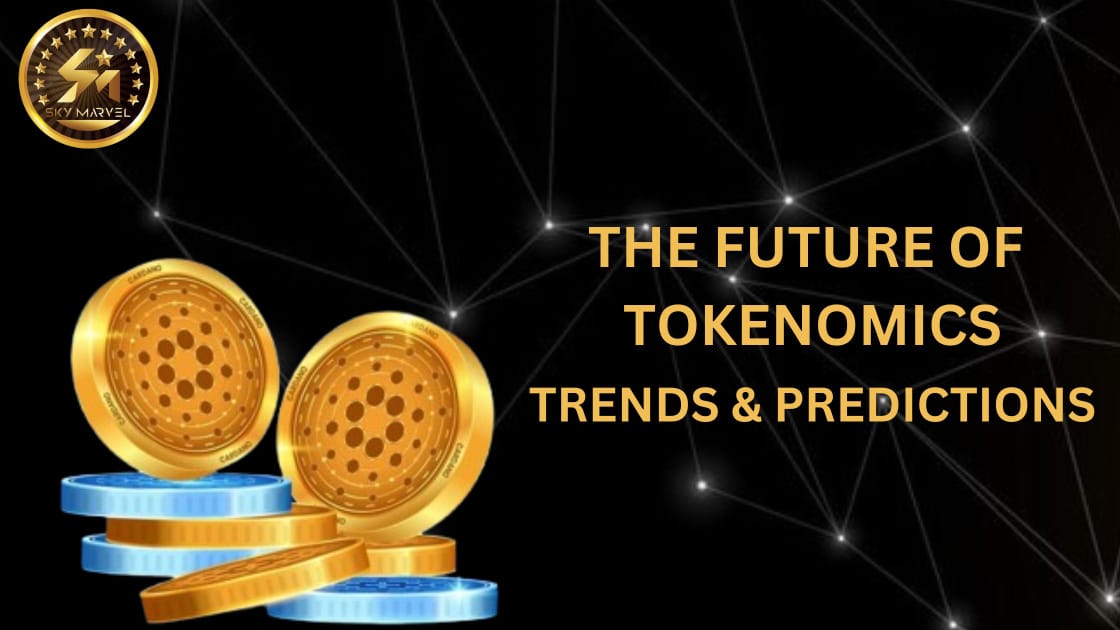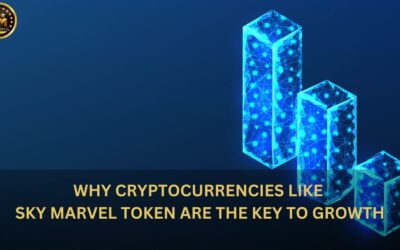Tokenomics, the economic framework that defines the creation, distribution, and utility of tokens within the blockchain ecosystem, is rapidly evolving. In a world where digital assets are continuously reshaping how people think about finance and investment, understanding the dynamics of token distribution models is essential. As a backbone of decentralized finance (DeFi) innovations, non-fungible tokens (NFTs), and various blockchain applications, tokenomics influences everything from user incentives to community governance.
This framework plays a crucial role in balancing supply, demand, and value, ultimately affecting the stability and long-term potential of any crypto project.
As we look to the future, it becomes clear that blockchain incentive mechanisms will be driven by emerging trends that prioritize transparency, sustainable rewards, and community-driven decisions.
Keep reading below:
Major Trends in Tokenomics!
1. Sustainable Incentive Models
A major trend in tokenomics is shifting towards sustainable incentive models. While many early crypto projects relied heavily on high rewards to attract users, this often led to inflation and unsustainable growth. Tokenomics now focuses on building a balanced approach that promotes steady, long-term growth.
For example, platforms are adopting models where users are rewarded not only for staking but also for contributing to the ecosystem’s health. This might include governance voting, engaging in platform activities, or even educating others.
These actions contribute to a stronger community and add genuine value to the platform, rather than just inflating token prices. By creating these kinds of structures, projects aim to build sustainable engagement rather than relying on short-term gains.
2. Deflationary Mechanisms
Deflationary models are also growing in popularity as a way to maintain token value over time. Traditional deflationary mechanisms, such as token burns, reduce the overall supply of tokens, which can help stabilize or increase their value. Many projects are incorporating periodic burns or buybacks as part of their tokenomics, which helps to align token supply with demand and create a sense of scarcity.
Some tokens are even designed with programmed deflation, where a small percentage of tokens are automatically burned with every transaction. This approach not only stabilizes token prices but also provides an extra layer of value to long-term holders.
Predictions for the Future of Tokenomics
1. Increased Community Governance
One of the most promising predictions for the future of tokenomics is the move towards community-driven tokenomics. Decentralized autonomous organizations (DAOs) are being widely adopted, allowing token holders to have a direct say in the platform’s decisions, from project development to protocol updates.
The shift to community-led governance empowers users and makes them an active part of the project. As DAOs become more prevalent, they will likely shape the way platforms operate, with tokenomics structured to prioritize community interests.
2. Cross-Chain Tokenomics
With the rise of multi-chain ecosystems, cross-chain tokenomics will become increasingly important. As blockchain platforms strive for interoperability, tokens that can move seamlessly across different chains will hold greater value. Future of tokenomics in a cross-chain environment will have to adapt to account for various network demands, rewards structures, and utility functions.
3. Greater Emphasis on Real-World Utility
As the blockchain industry matures, projects will increasingly focus on building tokens that have real-world utility. Gone are the days when tokens were valued purely on hype or speculation. Users now want to know what a token can actually be used for—whether it’s to access unique content, make payments, or participate in governance.
In the coming years, crypto reward systems will likely center around utility-driven models where tokens provide real value beyond the ecosystem. Tokens will become a bridge between the digital and physical worlds, with use cases in fields like supply chain, healthcare, and real estate.
4. Reward Models Aligned with User Behavior
Traditional tokenomics often rewarded users indiscriminately, leading to issues like token dumping. However, there is a growing trend towards reward models that align incentives with user behavior. Platforms will increasingly reward users who add value, contribute to the community, and uphold the project’s principles.
In the future, tokenomics frameworks will be designed with advanced reward models, using factors like engagement frequency, duration of token holding, and participation in governance. Such systems prevent token dumping, encourage loyalty, and attract genuine supporters who are invested in the project’s long-term success.
How Sky Marvel is Shaping the Future of Tokenomics?
Sky Marvel is actively embracing these trends to offer a modern, user-centric approach to tokenomics. With a mission to empower financial growth within a decentralized framework, Sky Marvel’s ecosystem is built on transparency, sustainability, and community-driven governance. By adopting sustainable incentive models and a reward structure aligned with user engagement, Sky Marvel aims to foster a thriving ecosystem that is both secure and rewarding.
For investors looking to explore staking, Sky Marvel incentives for investors include a balanced approach that offers consistent rewards without compromising on stability. As an ownerless, DAO-governed project, Sky Marvel prioritizes community interests, ensuring that all decisions are made collectively by token holders. This decentralized governance framework gives users a sense of ownership, driving higher engagement and commitment.
Conclusion
Tokenomics is no longer just a buzzword in the crypto space; it’s a critical component of how blockchain projects function and succeed. With the rise of sustainable incentives, community-driven governance, and utility-focused models, tokenomics is paving the way for a more equitable and user-centric digital economy. As tokenomics continues to impact investor behavior and the broader DeFi space, projects like Sky Marvel are at the forefront, leading the way with transparent and community-focused frameworks.
Whether you’re a seasoned investor or new to crypto, understanding next-gen token distribution strategies can provide valuable insights and help you make informed decisions in the fast-changing landscape of blockchain finance.










